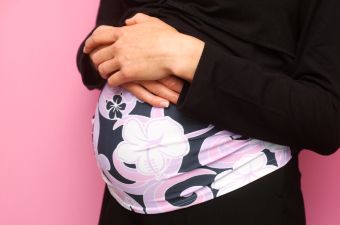A natural process of enormous change occurs in a woman’s body during pregnancy. Applying the Alexander Technique can help these changes to proceed with ease.
 POSTURE: Learning the Alexander Technique can help you to be comfortably upright (standing or sitting), confident that you and your pregnancy are well supported. It is not necessary to develop the all too common posture of leaning backwards from the waist as this puts unnecessary strain on to both the lower back and the blood vessels to the legs.
POSTURE: Learning the Alexander Technique can help you to be comfortably upright (standing or sitting), confident that you and your pregnancy are well supported. It is not necessary to develop the all too common posture of leaning backwards from the waist as this puts unnecessary strain on to both the lower back and the blood vessels to the legs.
BREATHING: The Alexander Technique can help you to develop free and easy movement of your ribcage, hopefully ensuring easier, more efficient breathing during the last weeks of pregnancy and through labour.
PELVIC FLOOR: It is important that the muscles of the pelvic floor are springy and toned before, during and after pregnancy. The Alexander Technique can help you to recognise when you are putting inadvisable downward pressure onto your pelvic floor and whether or not you are using inappropriate muscles when doing pelvic floor exercises (Kegel exercises)
LABOUR: Applying the Alexander Technique during labour can help your body to be as free and open as possible during this special and challenging time. Thinking about the length of your spine, releasing your jaw, using the Alexander procedures of “Monkey” and “Whispered Ah’s” can all help you through labour, whether you need medical intervention or not.
BIRTH PARTNERS: It is very helpful for birth partners to have a couple of lessons in the Alexander Technique so that they know how to support you in applying the Alexander Technique. Sometimes Alexander Technique teachers are willing to act as birth partners.
CAUTIONS:
The late Wilfred Barlow, an eminent physician and Alexander Technique teacher, did not recommend women to start Alexander lessons during the first three months of pregnancy.
The “semi-supine” practice is best adapted to lying on your side during the last three months of pregnancy.